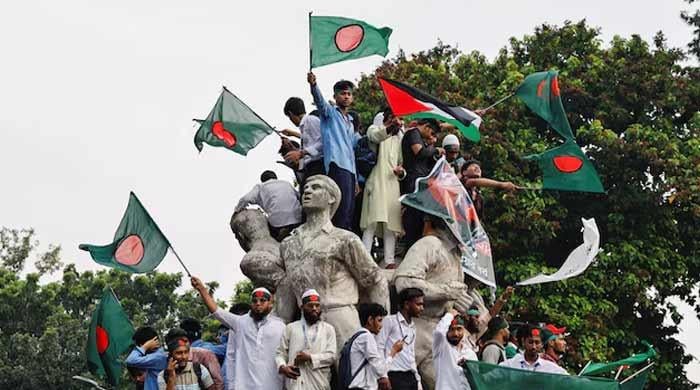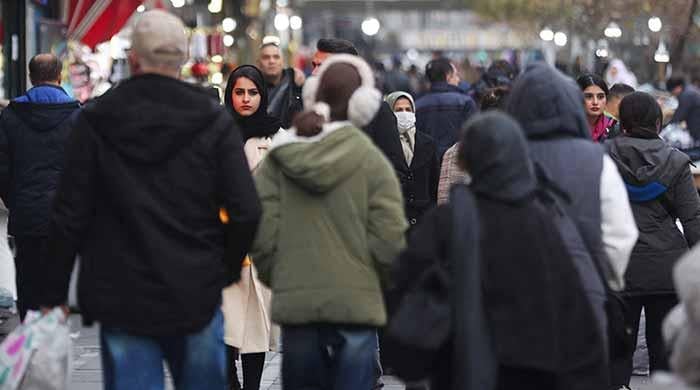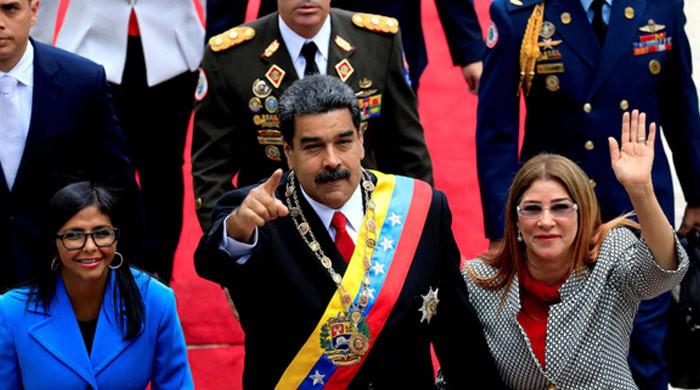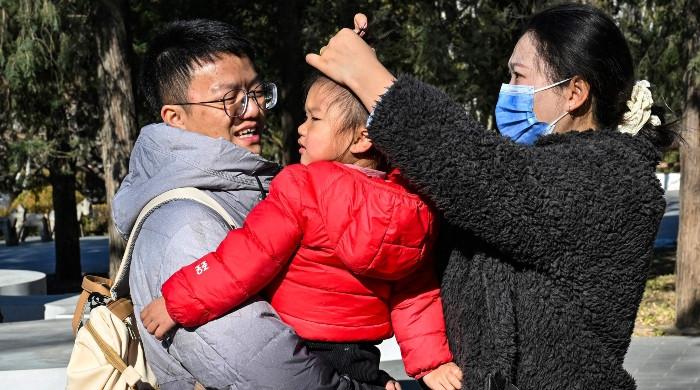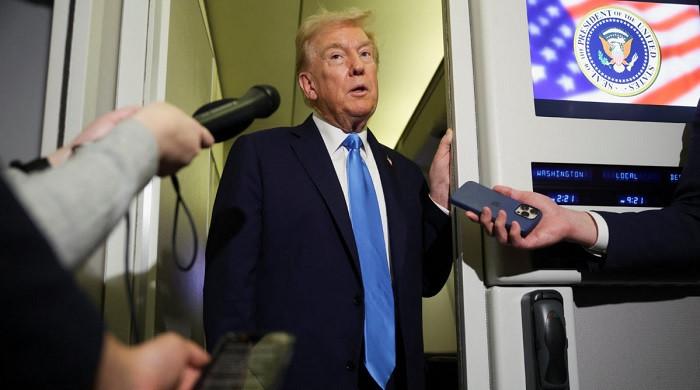‘The system is broken’: COVID patients die on trolleys outside Delhi hospital
For the second day running, the country's overnight infection total was higher than any recorded anywhere in the world since the pandemic began last year, at 332,730
April 24, 2021
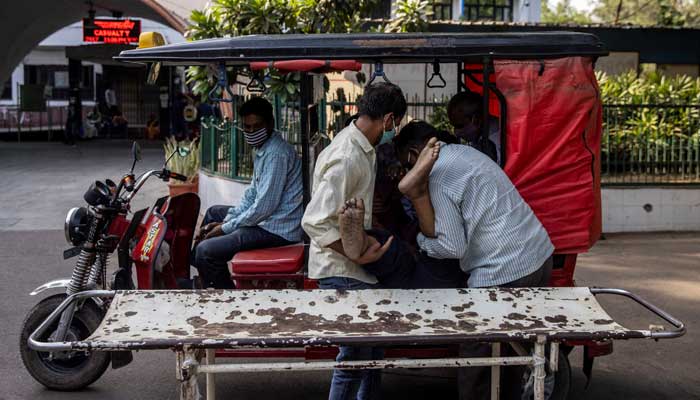
NEW DELHI: Straining against his weight, Shayam Narayan's brothers haul him from a rickshaw onto a hospital trolley in India's capital New Delhi.
Only a few minutes pass before they are given the news: he is already dead.
Narayan is one of the latest casualties of a second wave of the coronavirus sweeping across India. His brothers had first brought him to the hospital at 6 a.m. on Friday. But they said staff deemed him well enough to return home.
Ten hours later, his condition deteriorating, they came back. But it was too late to save him.
"The system is broken," his younger brother Raj said.
Narayan, who had five children, died without being admitted to the hospital, or taken to its morgue, meaning his death is unlikely to be officially counted in the city's rising toll.
For the second day running, the country's overnight infection total was higher than any recorded anywhere in the world since the pandemic began last year, at 332,730.
Some 2,263 died, with over 300 of those in Delhi alone -- figures that are almost certainly conservative.
Guru Teg Bahadur Hospital, in the northeast of India's capital, is one of many battling oxygen shortages and a lack of space. Patients die on trolleys outside, like Narayan.
The medical superintendent of the hospital was not immediately available for comment.
"Due to an exponential rise in COVID-19 cases in Delhi, all the hospitals are over-burdened," a Delhi government spokesman said.
"In GTB Hospital, the patients are arriving via ambulances despite unavailability of beds. Despite this, the government is trying its best to give all patients treatment at some facility or the other."
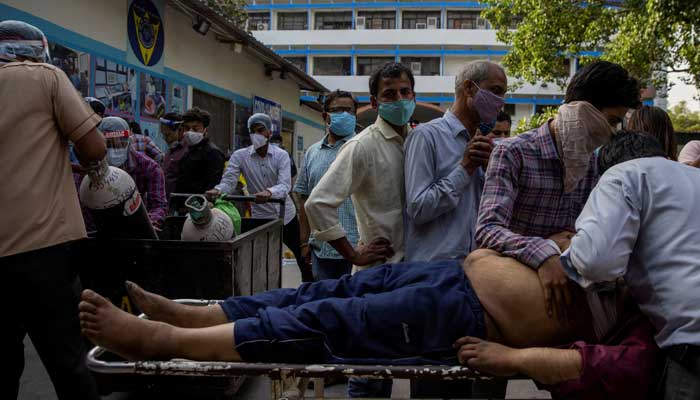
Three-day search
The government hospital's 400 COVID intensive care beds are also full, according to official data.
But that does not stop patients gasping for air arriving every few minutes in ambulances and autorickshaws.
Half a dozen wait for hours on trolleys for admission. Others, like Narayan, die before ever being admitted.
"The staff are doing their best but there is not enough oxygen," said Tushar Maurya, whose mother is being treated at the hospital.
After being denied entry to the ICU, a man staggers as he tries to get back into an autorickshaw. Minutes later, he returns unconscious. Loaded onto a stretcher, his arm slams against the ICU door while a guard watches on.
Another man writhes in pain in the back of an ambulance, alone, as it drives forward with the rear doors hanging open. The oxygen cylinder of a third man lying in the sun runs out, and his family rush to change it.
Footage from inside the wards seen by Reuters showed some patients sitting two to a bed and barely enough floor space for others to stand.
"They are like cattle in there," said one man after coming outside.
Despite the lack of beds, many feel they have little choice than to turn up after being denied entry to other overburdened COVID hospitals, pleading with staff to admit their loved ones.
Currently, an online dashboard indicates just 22 ICU beds are available in Delhi out of more than 4,500.
"We have been roaming around for three days searching for a bed," said a man who gave his name as Irfan, whose wife sat immobile on the pavement.




